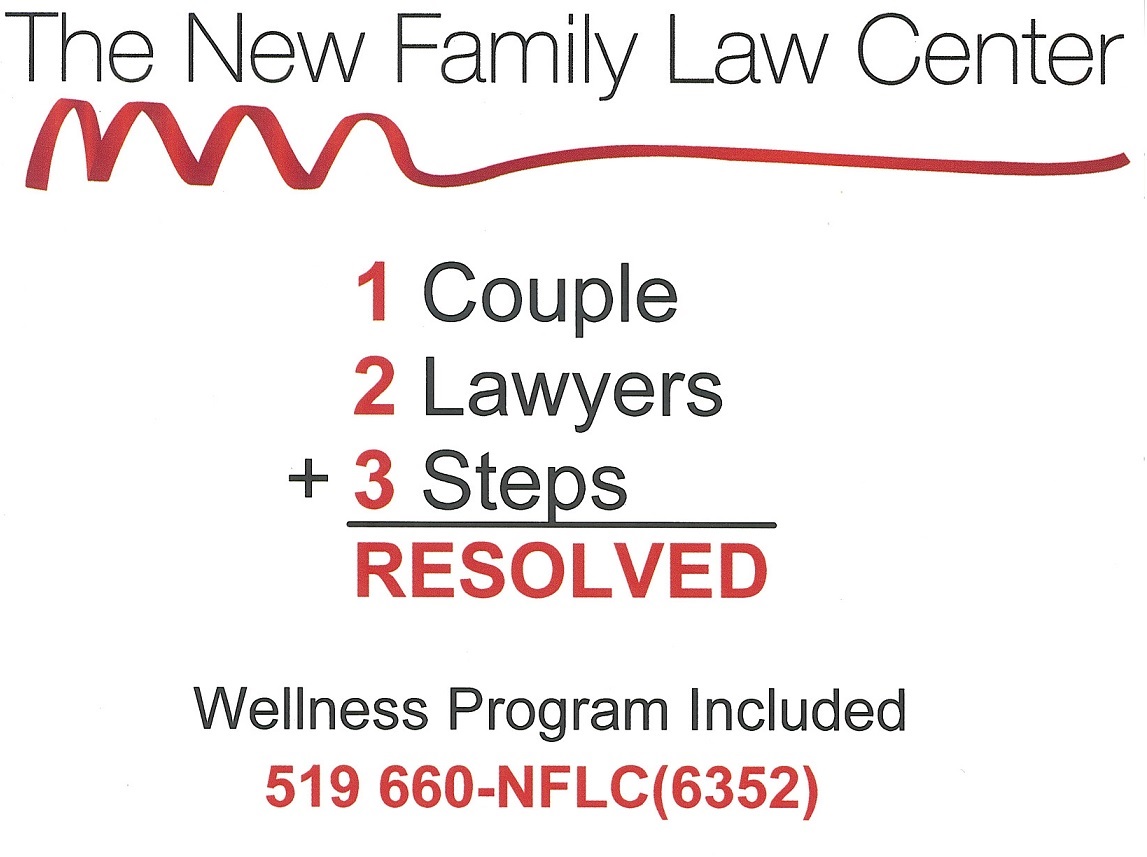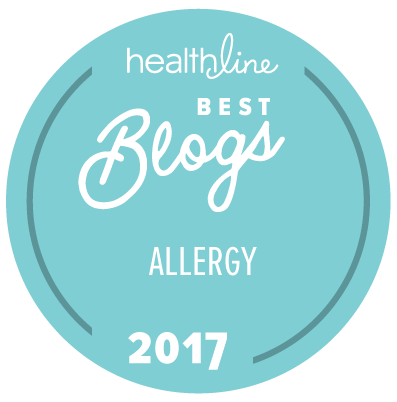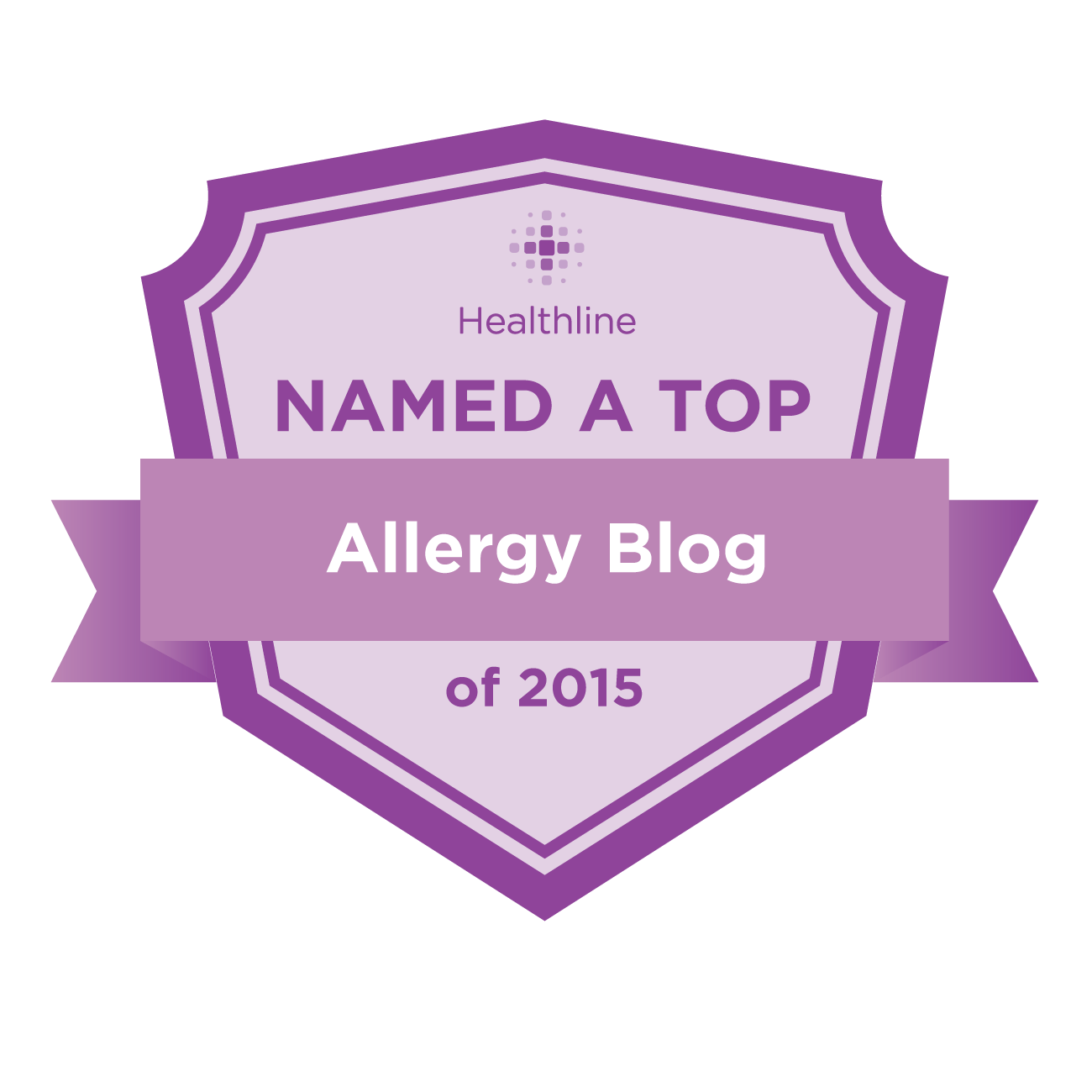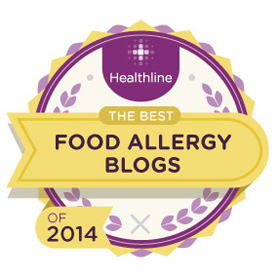By Dr. Paul Ehrlich**

Several of our American readers responded quickly to an article in Monday’s British Daily Mail to news that a 14-year-old girl, Naishel Kelly, died very soon after reporting difficulty breathing. “She was taken to the school nurse’s office where she collapsed. Paramedics rushed her to the Royal Sussex County Hospital but she was pronounced dead on arrival. There were suggestions that Naishel, who had a nut allergy, had eaten a chocolate brownie for lunch. However, a police spokesperson said this wasn’t a factor in her death.”
I have several thoughts reading this. First, my sympathies to the family for their terrible loss.
Second, I wonder at the police spokesperson’s instant dismissal of nut allergy as a factor. I suggest he or she wait for the autopsy.
Third, and more important that the police pronouncement, it points to the overlap of asthma and food allergy (emphasis added by Onespot Allergy). The two are often discussed as if there were no connection. There’s a reason why we must look at both together. The best research shows that fatal food allergy anaphylaxis most often results when epinephrine isn’t available or when an individual also has poorly controlled asthma. As in many other aspects of allergic medicine and medicine in general, there are very few discrete categories. Epinephrine is the best emergency treatment for acute anaphylaxis and for severe asthma attacks.
Asthma is a condition of the lower airways. During an asthma attack, bronchoconstriction—narrowing of the airways—makes it difficult for the lungs to process healthy volumes of air. It also makes it hard to expel mucus that has formed in response to, say, pollens, dust or diesel particulates. If there is enough mucus, it forms a plug that can be fatal.
Food-induced anaphylaxis involves narrowing of the upper airways. When the free flow of oxygen in and carbon dioxide out are already labored because of poorly controlled asthma, constriction in the upper airways makes this exchange harder still.
We continually harp on the phrase “one airway, one disease.” Anything that affects the upper airways, such as allergic rhinitis, has implications for the lungs as well, which is why we urge regular irrigation and inflammation control of the sinuses to help with asthma. Likewise, for the patient who has both food allergies and asthma, the kind of day-to-day vigilance it takes to control the first will never be complete without controlling the second.
Regardless, whether this was a case of food allergy anaphylaxis or asthma or both, epinephrine is the best emergency treatment for both kinds of airway constriction, but the double duty makes prompt use even more critical. We shall look for the results of the inquest, which is what the Brits hold after an unexplained fatality. Whatever it does show, my feeling after all these years of practice is that prompt administration of epinephrine would have saved Naishel’s life. We urge forthright support of the School Access to Emergency Epinephrine Act to help make such tragedies a thing of the past. To read more about the bill, click here.
To read my thoughts about Allergic Injury And Death At School: What Will It Take To Protect Our Children, click here.
* If you found this post helpful, I would love for you to use the “Sharing Is Caring” bar (below) to share this post via Facebook or Twitter. If you’re reading this as an e-mail message, you need to jump over to my blog first by clicking here.
** Dr. Paul Ehrlich is a pediatric allergist, and he is co-author of Asthma Allergies Children: A Parent’s Guide.









What I like best about “Sabrina’s Law” is that just the word LAW does make people sit up and take notice and that means education and training…people need to get that doing nothing can mean DEATH. No second chances. Here in Alberta, Canada we do not have a law, but a policy advisory, but with an advisory….regular training for all who work with our children does not happen. It is very scary, because no one is held accountable unless something happens. So more than likely, sadly, it will take a death in our province before that happens. That word negligence means a lot in the legal world. Our provincial government has been working on a new education act here, so we wait and see….and in the meantime…..well, go check your school out, read the policy, ask to be invited to the in-service that they will have if you make them and do go, ADVOCATE! In many divisions, the responsibility lies with the parent and the medical practitioner…neither of whom is in school….or they may be….like Megann’s in Quebec….but that didn’t help, did it?
~ Michele Ford, Advocate for Allergy Awareness in Alberta Schools
Having trouble breathing right after lunch reminds me of Sabrina Shannon’s fatal allergy/asthma episode at high school. She expressed that it was her asthma, but after death it was determined that she was in anaphylaxis from milk allergen cross contamination in the cafeteria. EpiPens used to be the front line treatment for asthma. Their use is still encouraged if asthma meds aren’t providing relief. ~ Elizabeth Goldenberg, Onespot Allergy